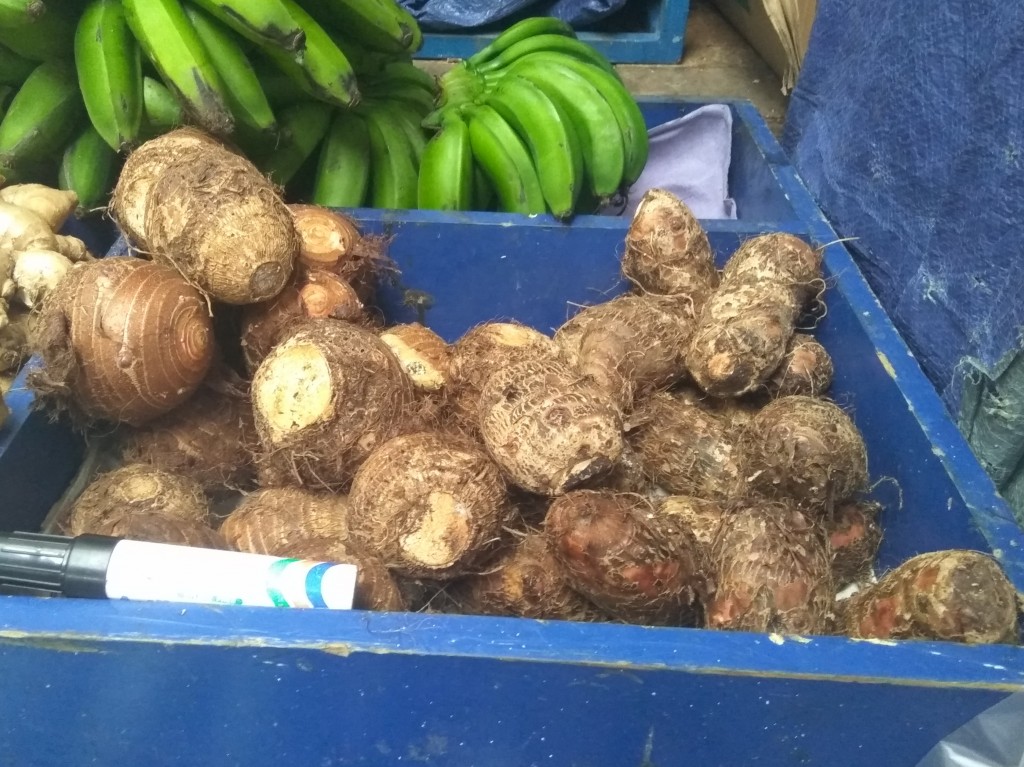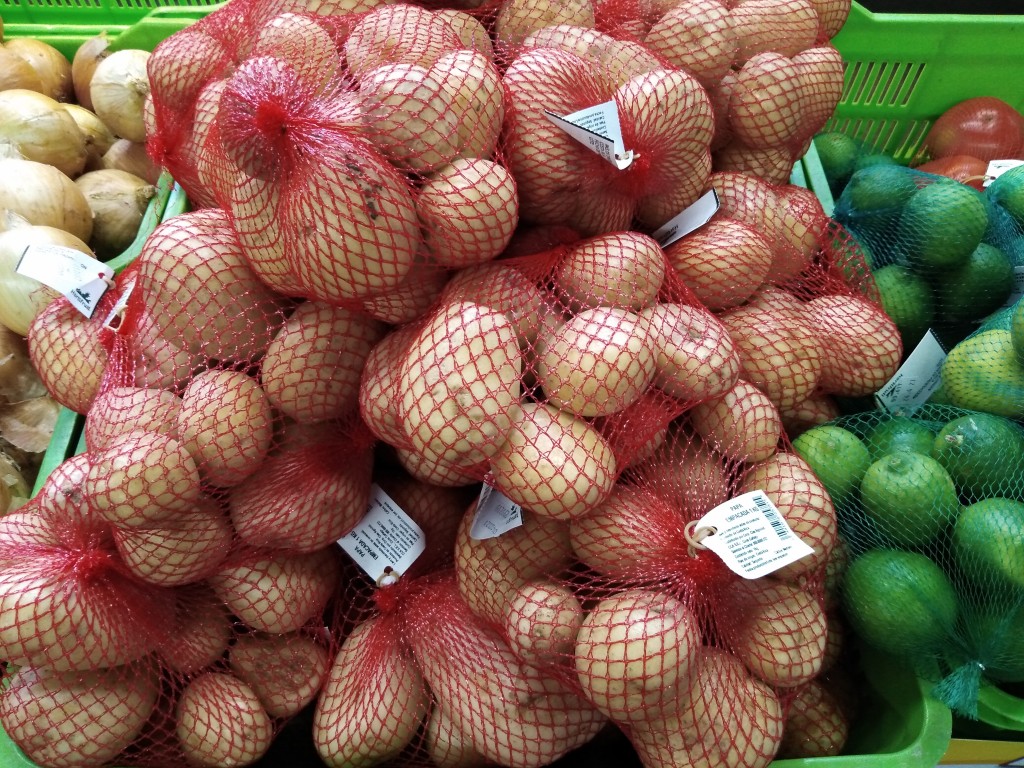EAT IN ASIA / Destinations / Other destinations / Central america / Costa rica
Tropical tubers in Costa Rica
Tags: COSTA RICA
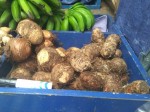
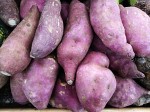

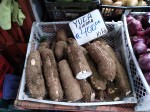

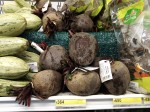
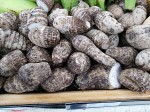




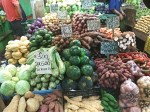

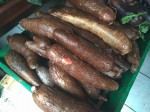
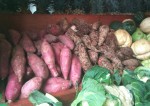


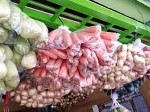



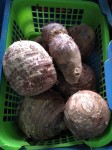


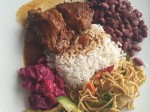
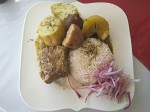


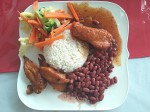
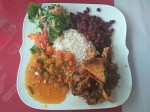

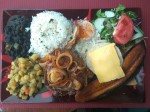


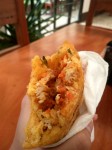
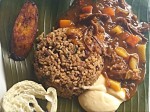
Costa Rica is not only plenty of exotic and tropical fruits, plantains (how to distinguish plantains from bananas) and coconuts, but is also full of vegetables. Fresh food markets have plenty of them. Sold in bigger packages, per items or kilos, they are all loved and commonly used in the Costa Rican cuisine. The most popular are different tubers. They are full of vitamins, minerals and healthy carbs. These tropical tubers will provide you a lot of important nutrients, that will surely be needed before and after a strenuous hike or an active day.
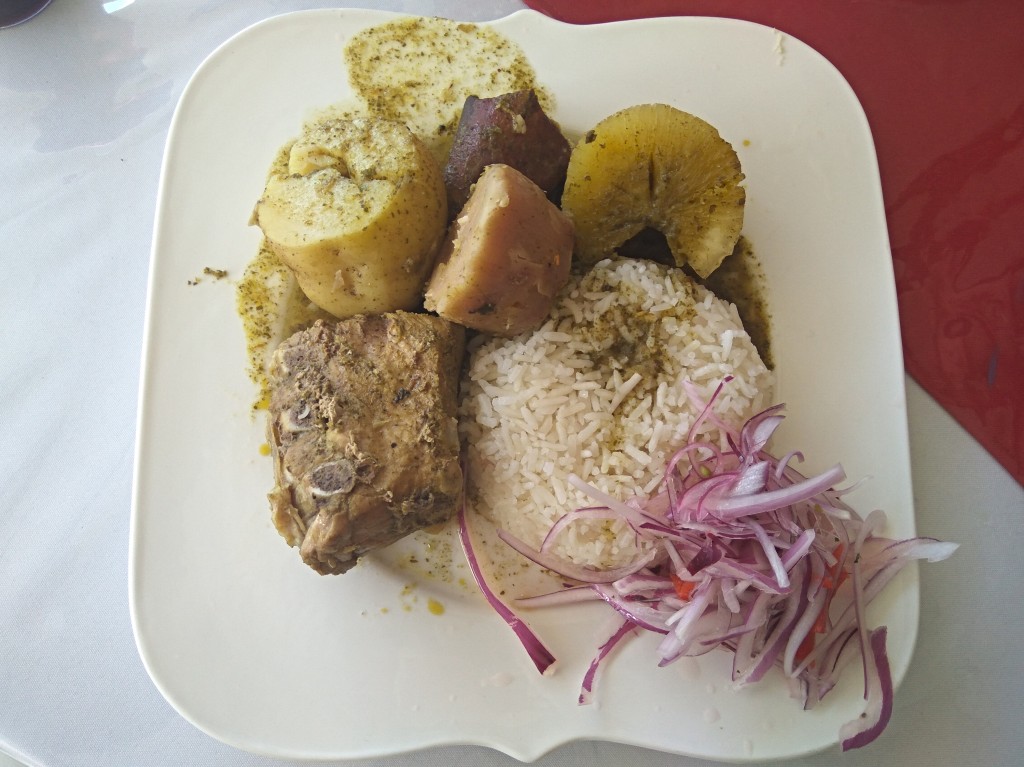
Some of these tubers you will probably know very well, but some of them might be completely new and never seen before. So, let’s start and have a look what you could find on a local market!
1. Camote – sweet potatoes
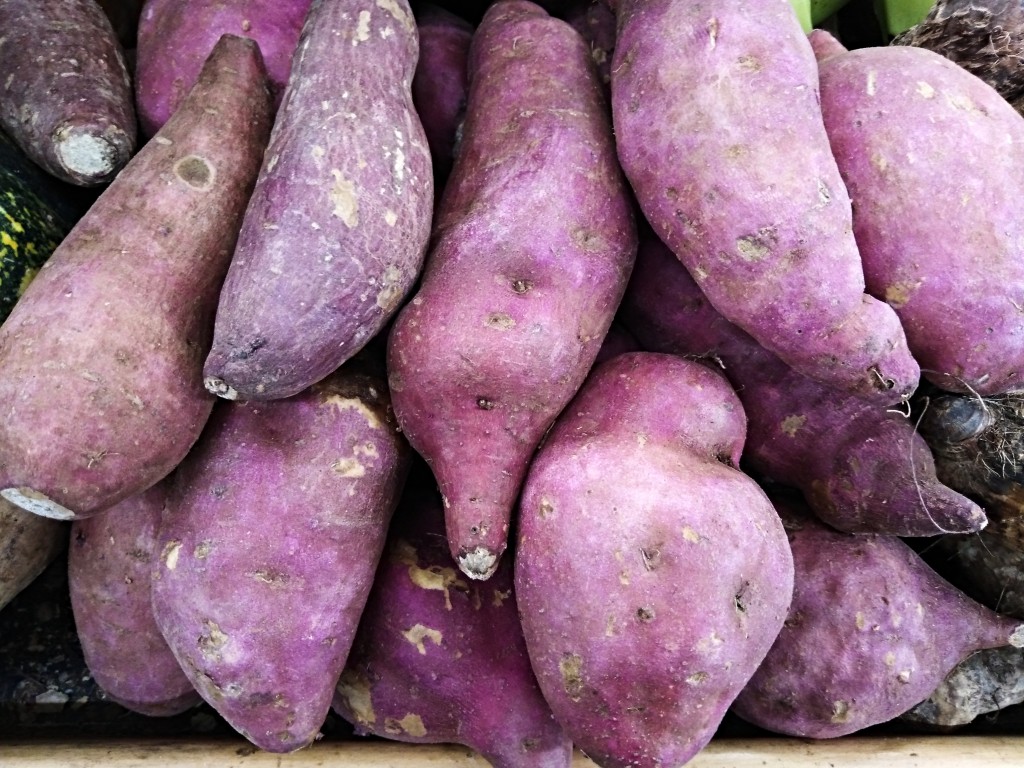
First of all, you will find everywhere a lot of pale purple or violet tubers of an oval shape. Bigger than regular potatoes, less circular and with a delicate skin. Camote, known also as a sweet potato is rich in dietary fiber, vitamins and minerals. Apart from that, it contains flavonoids and beta-carotene, both which are important in anti-aging diets. In these diets, vitamin A and vitamin C, also play a significant role and both of them are camote. The dietary fiber helps keeping your guts in a good condition and also prevents constipation.
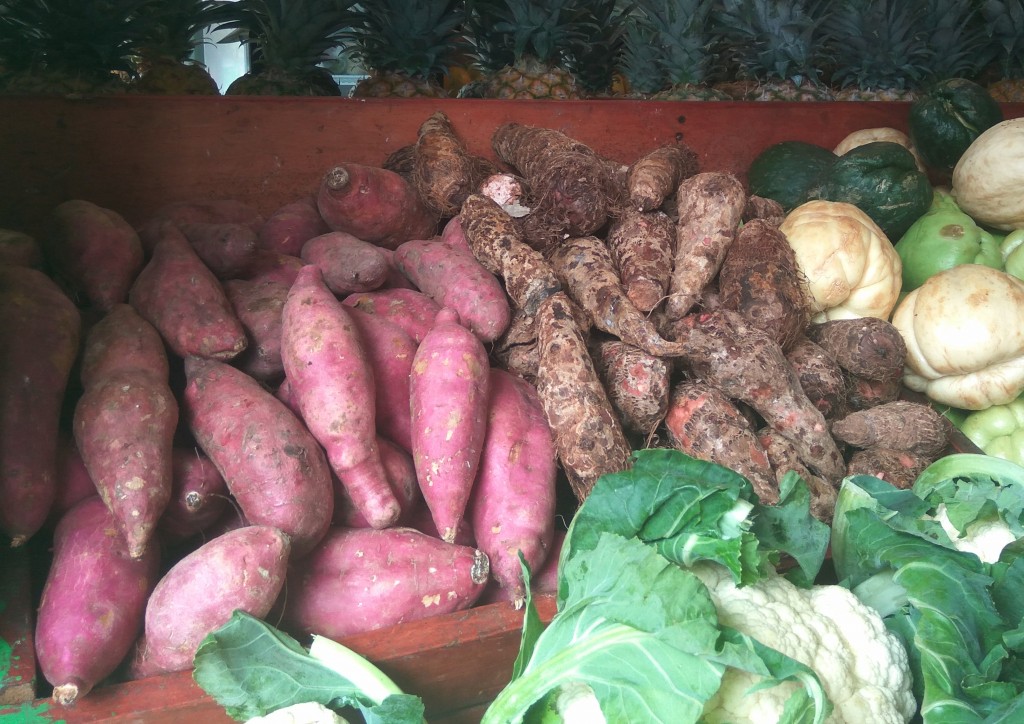
Although the skin is a little bit purple, the most common camote has the inner part of a delicate orange color. Depending on the variety of this sweet potato, it can be also white, brownish or even slightly purple.
Camote is prepared either with skin or without. Boiled, steam-boiled, fried, deep-fried, cooked or in any other form you might think about. However, fried meals are the less healthy, so if you have a choice, choose boiled camote and not a fried one. Usually they are eaten as side-dish to a lunch or dinner. Camote is served mainly with vegetables and with products that are low in fats. That is why, it is so often prepared with chicken, turkey, eggs or fish.
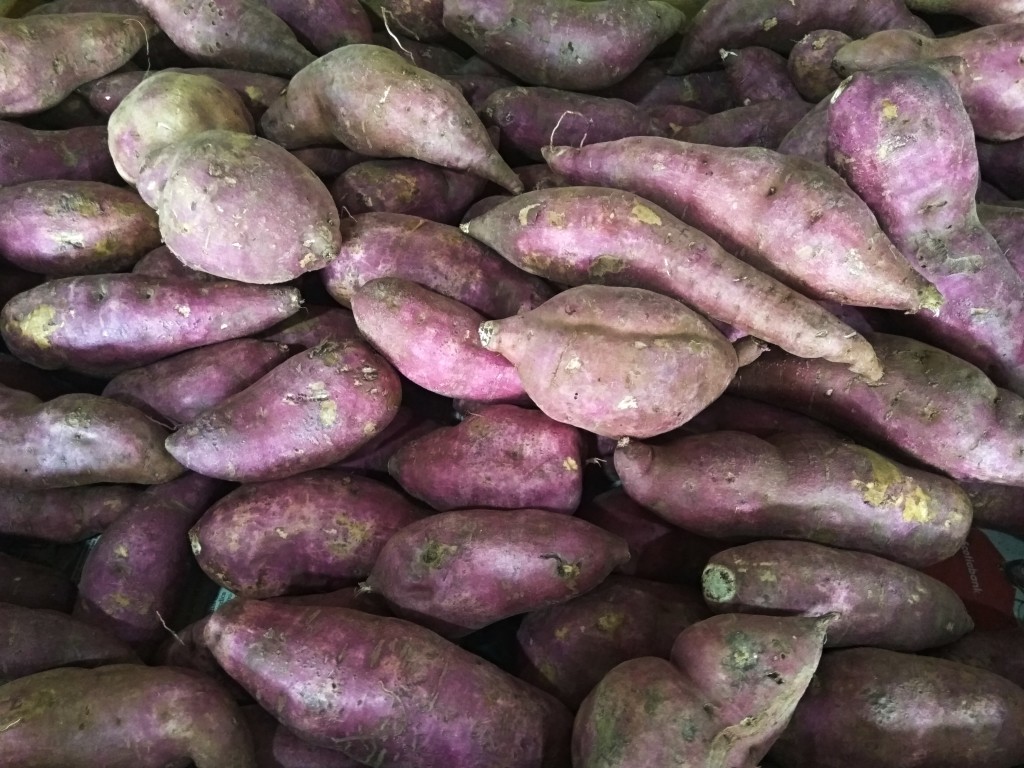
Camote help regulating the metabolism, as it contains a significant amount of vitamins form the group B. There are known for their possible positive influence in the anti-cancer prevention therapies. Vitamins A and C, will also help you boost your immune system.
What is also important, sweet potatoes will make you feel full for a long time and in consequence might lead to a weight loss.
2. Yuka - yucca
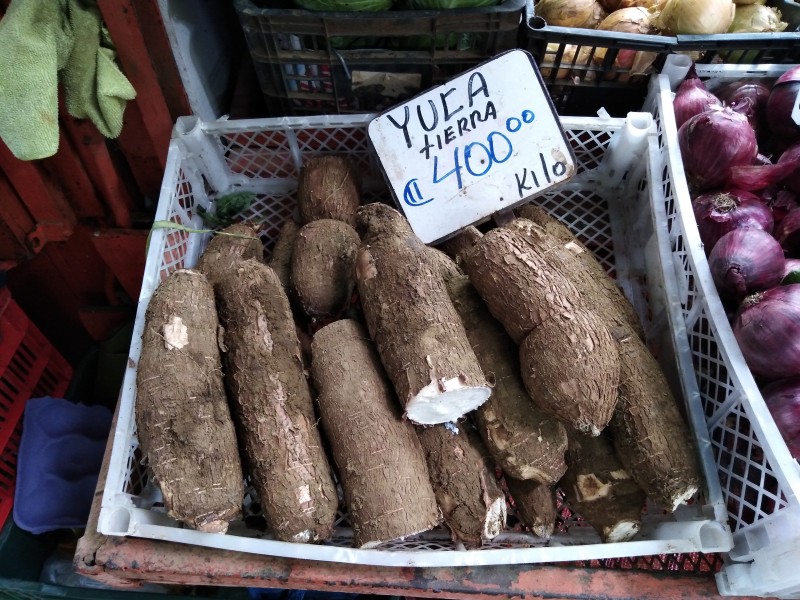
Yuka is enormously popular in Costa Rica. Almost all markets, supermarkets, street-stalls and local vendors offer this tuber. Smaller, longer, in whole, in parts, per kilos, per item, just whatever you wish.
And that is not only Costa Rica in Latin America that yucca is so important and popular. Although you will find a lot of yucca plantations in Mexico, the main part of them is located in the Central and Southern America. But from all other Latino American countries, Peru is the country that has the higher consumption of yucca.
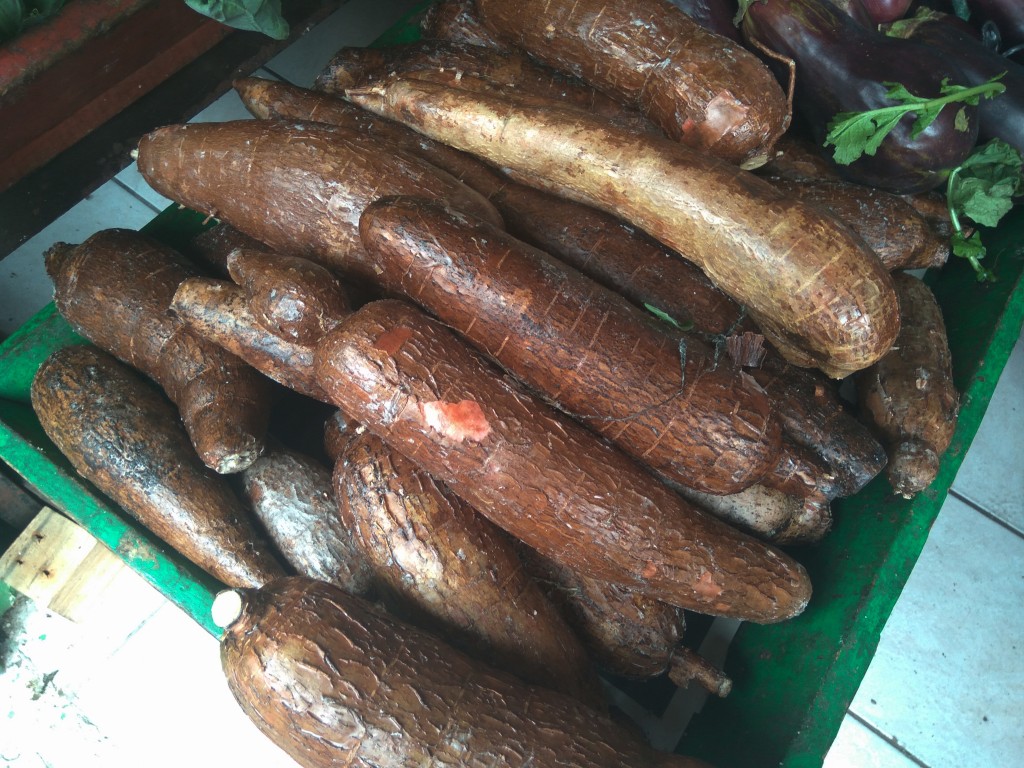
Yucca has played a significant role in traditional dishes in all that region. However, different countries have a different way of preparing it. Some nations eat it as sweet snack, while other as a savory one. For example, in El Salvador you will get yucca with honey and cinnamon, while in other regions, it is more common to have it with spices or herbs and lime.
This tuber is eaten as a side-dish to main courses and also as quick bite or can even be the main part of meal. If it is fried, then it is prepared as fried potatoes. More or less, it usually replaces potatoes, served in any form. So, apart from boiling and frying it, it is not rare to have a yucca purée. It is also very often added to a regional, traditional meat soup – olla de carne, and what is more surprising – to deserts too.
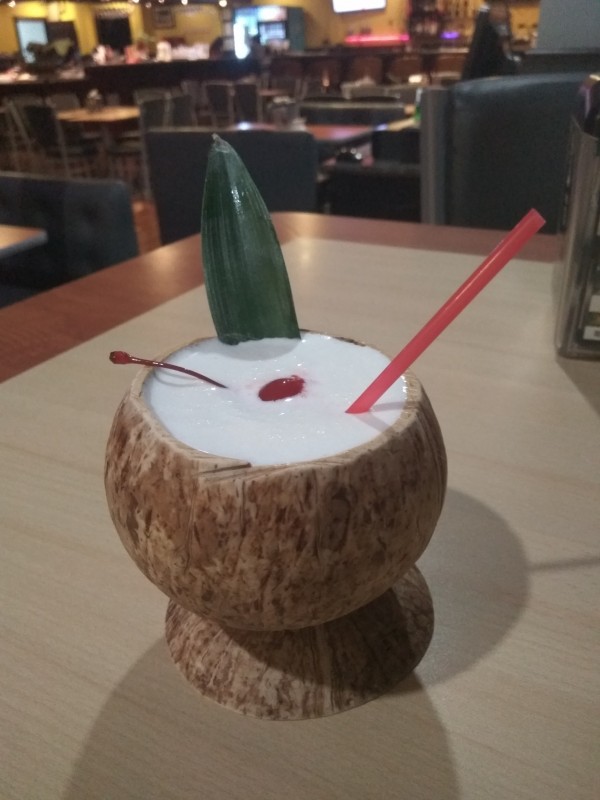
Yucca has a lot of health benefits. It is great for helping you in keeping your bones strong. It improves digestion, helps minimize your daily calory intake and make you feel full for a long time after eating it. What is also very important, especially for all these suffering from celiac – it is gluten free!

Yucca is also rich in vitamins and minerals. Vitamin K, that plays an important role in the anti-osteoporosis therapies and vitamins form the B group, are these that are really worth mentioning. Apart from that, you will find in yucca such minerals as potassium, zinc, magnesium and copper, that all together may improve your cardiac system and lower blood pressure.
Yucca is also rich in proteins and almost deprived of fats.
3. Nampí - taro

Taro or ñampí originates from French Polynesia. There are ten varieties of taro, however, only two of them are extremely rich in calcium and iron. On the other hand, we can distinguish two types of ñampí – a white and a yellow taro. Their name corresponds to the color of the pulp. The edible part of the plant is the subterranean tuber, that is very often confused with tiquizque.
Taro can be eaten in multiple ways, however never raw. You can mix it with other Costa Rican vegetables and make a base for soups or stews. You can slice it and fry. You can make ice-creams with taro. You can add it to desserts, buns and use it as a pastry filling. You can also prepare taro drinks. Finally, you can serve it parboiled and eat it as a bread or biscuit with a cup of a good Costa Rican coffee.
Taro or ñampí is known to be a superfood. It is a great substitute for meat, so it is a good option for all vegans and vegetarians to add it to their diet. It has a lot of energy that comes from carbs, but at the same time, it can be consumed by diabetes, as it helps to regulate sugar levels. Thanks to the dietary fiber, taro improves digestion. It has a diuretic effect and helps to detoxify your organism. Apart from that, taro has a natural melatonin, that regulates the day and night cycle. Due to that, ñampí is recommended for people suffering from insomnia as a natural remedy. It is also believed that taro might be good in an anti-cancer diet.
Taro is rich in different vitamins and minerals that have a positive effect on your cardiac and immune systems. It contains vitamin A, vitamin B6, vitamin C and vitamin K. Finally, you will find in taro iron, magnesium, zinc, phosphorus, manganese, potassium copper and folic acid. These vitamins and minerals play a key role in preventing osteoporosis and anemia and in keeping your skin in a good condition.
4. Tiquizque
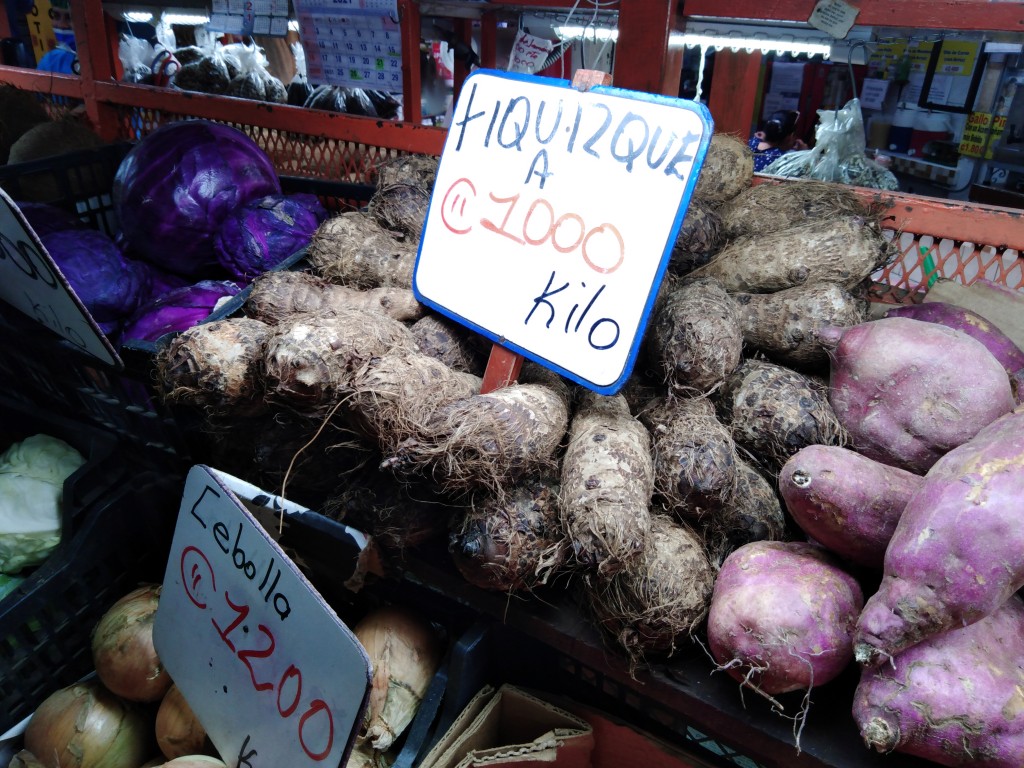
Tiquizque is believed to have been cultivated since ages. There are even ancient traces of the usage of this plant. Nowadays, tiquizque grows in Central America, or to be more precise, in the area from Peru till Mexico. In some places, as Antilles, tiquizque is known as malanga. However, in most countries, the name malanga is mainly used for taro.
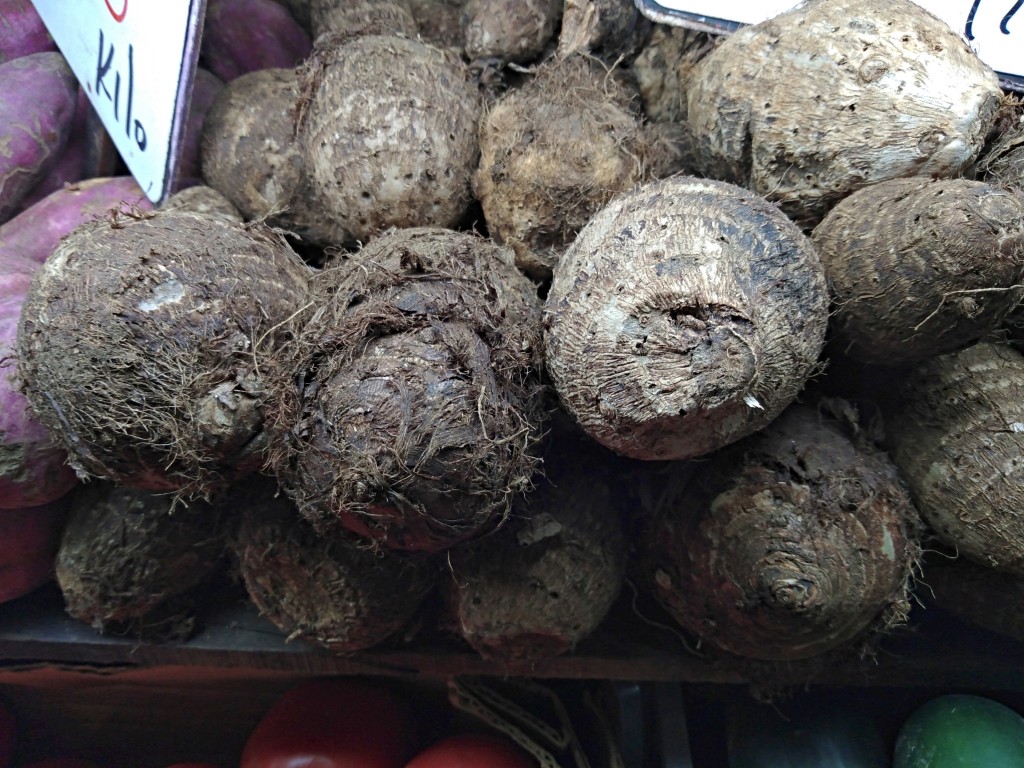
The edible part of the plant is the subterranean fragment – the bulb or the tuber. Tiquizque cannot be eaten raw. It is necessary to process it in some way. It can be boiled, cooked or fried. Usually, tiquizque is added to soups and stews. Then, the next top serving method, is to add it to desserts and sweet pastries. Finally, it is used in breads, buns and crackers.
5. Potatoes
Potatoes are not as popular in Costa Rica, as they are in other countries. They do exist; however, their consumption is not so high. Definitively, potatoes are behind other tubers, but they are liked and there is a lot of Costa Rican recipes with potatoes.
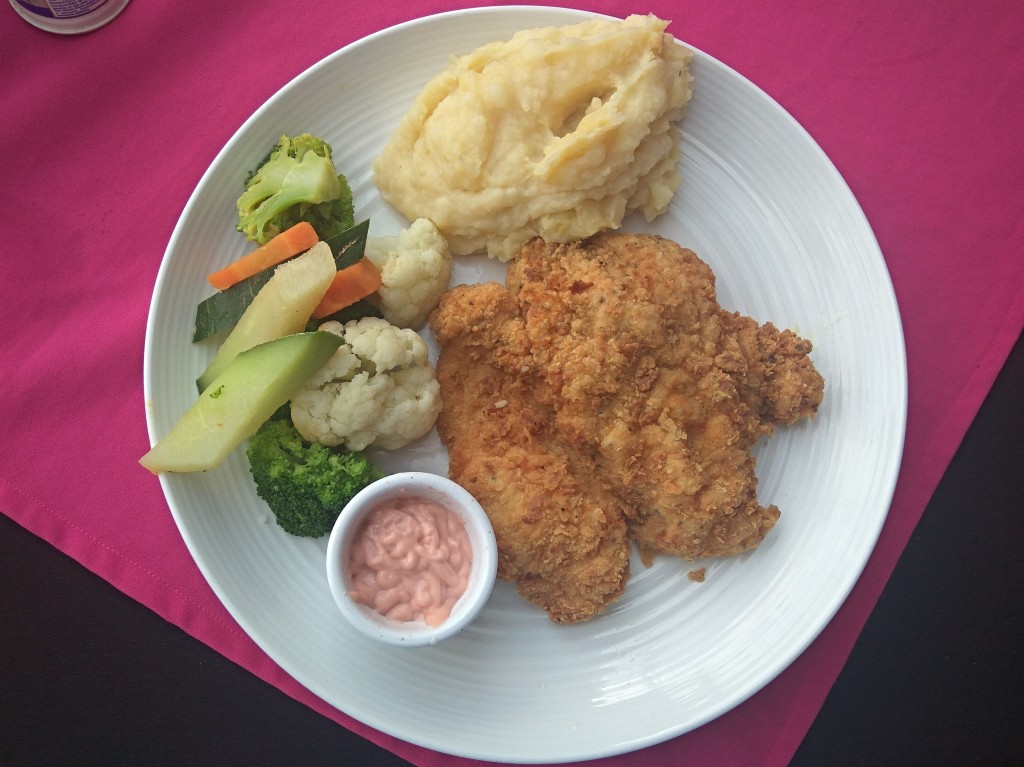
The most popular is a potato picadillo served with meat. Cubed potatoes are prepared in a stew-like dish with other vegetables. Another usage of them is to make stuffed potatoes with cheese and spinach. There is also a potato cream-soup served with cilantro. However, all these dishes (apart from the picadillo) are not so popular as for example dishes of potatoes with chorizo or ‘gallitas de papa’. Gallitas de papa are generally speaking cooked potatoes served on corn tortillas. They are seasoned with paprika and garlic, and served with salsa, cream and cilantro.
6. Beetroot
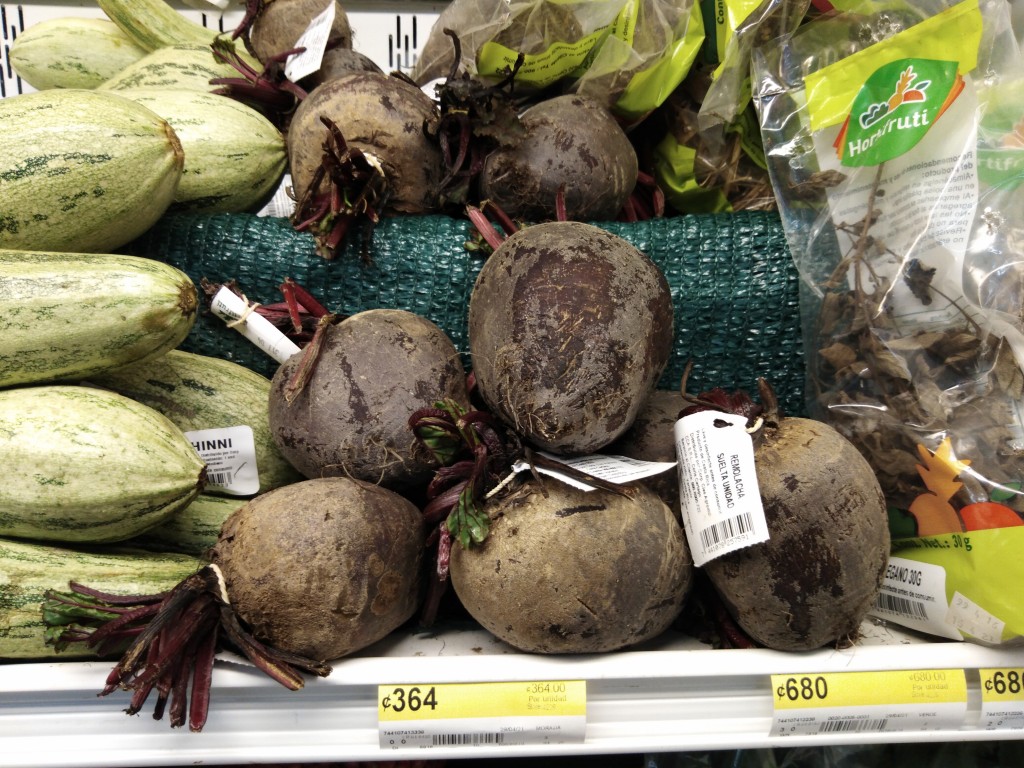
Although you might find a lot of beetroots on markets, they are not as often consumed as it might seem to be. The only part that is used, is the bulb. Leaves are not eaten, although, in many countries they are also included in different kinds of dishes. In the Costa Rican cuisine, you will usually get them in a side dish to your casado.
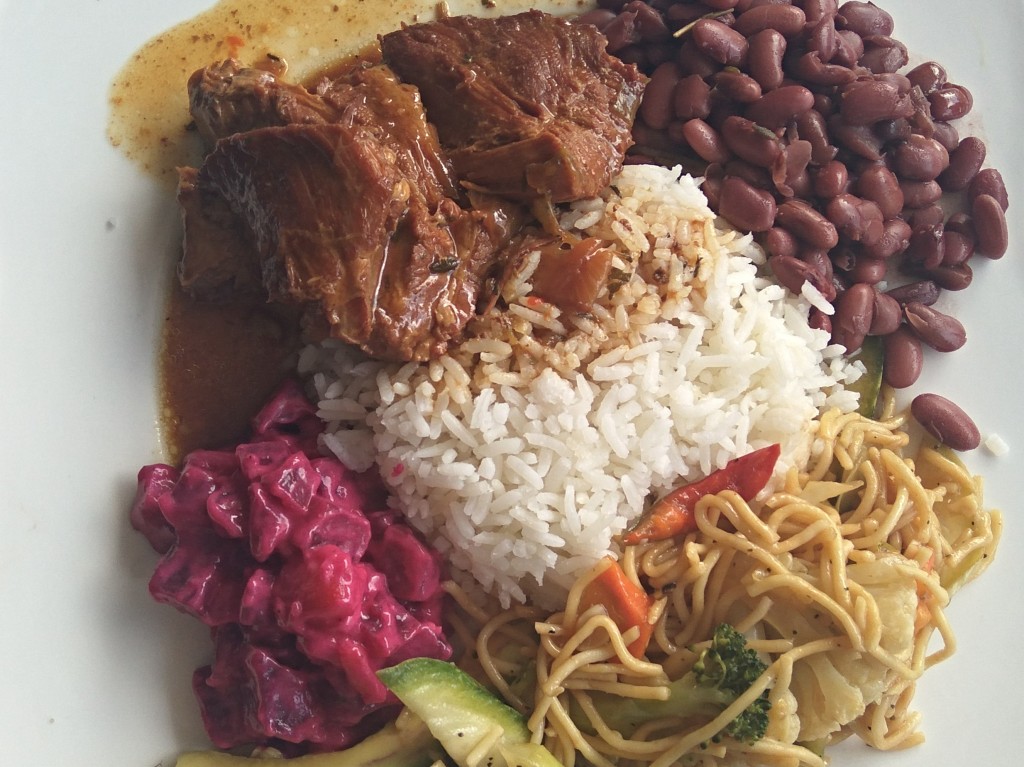
Beetroots served in this form are chopped into cubes and mixed with natilla or mayonnaise. Rarer, shredded beetroots are added to a raw salad, what make it a colorful side dish. Another popular usage of beetroots is to include them to healthy drinks. A very popular one mix is the one, that apart from beetroots includes spinach leaves, pineapple and banana.
7. Carrot
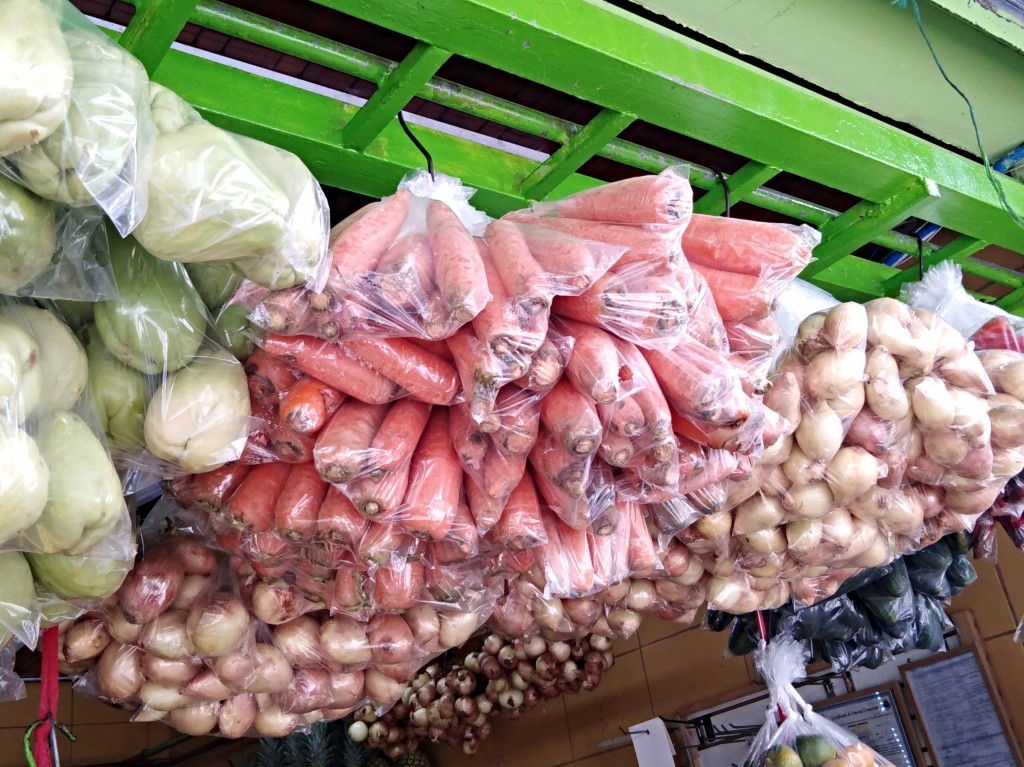
In Costa Rica carrots are used both in sweet and savory recipes. First of all, ‘zanahoria’ is added to healthy and functional drinks. For example, you might find mixed-fruit juices that apart from carrots include celery stalks, pineapple and ginger.
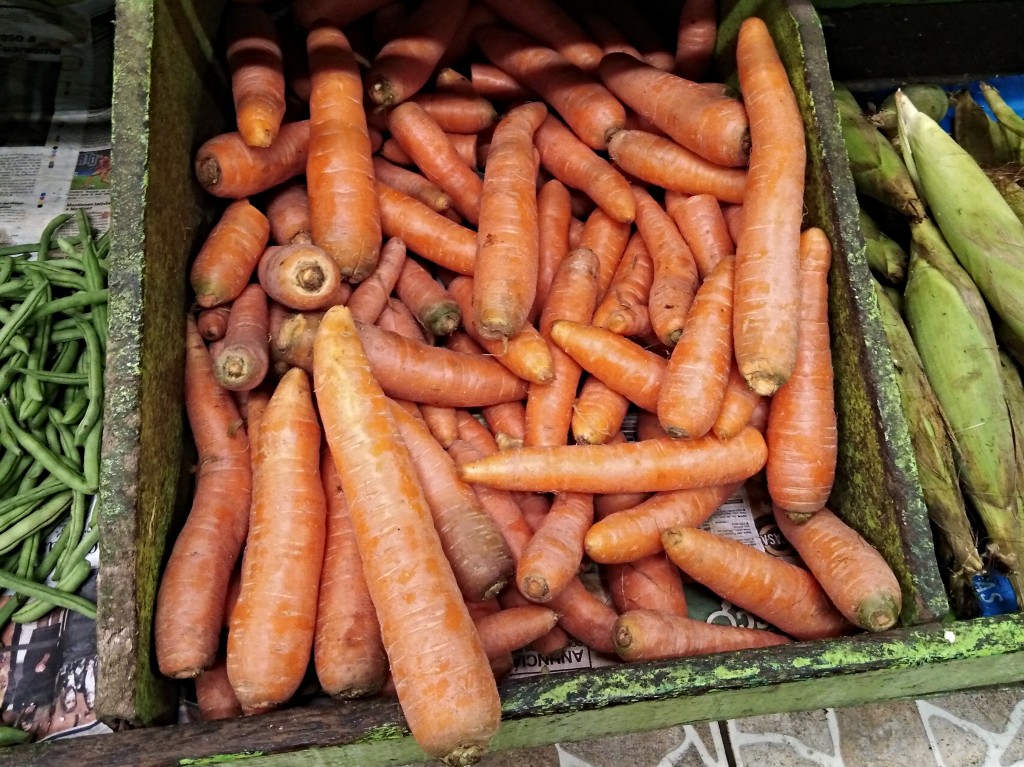
Popular are also carrot cakes and muffin-like buns. Finally, carrots chopped, or shredded carrots are added to savory dishes or side-dishes. In a fresh form they are included in raw salads with lettuce or cabbage, cilantro, cucumber and tomatoes. However, usually carrots are boiled or cooked.

They are added to sups, stews and vegetable dishes. The famous ‘picadillo’ almost always includes cut in cubes carrots.

Carrots are also used in spicy marinates, that are served as condiment for main dishes or soups in this form, carrots are prepared with onions, peppers and cucumbers.
Date: 2021-05-15
Author: Beti – A passionate traveler and lover of Asian cuisine, especially Thai and Japanese dishes, Bernadeta brings her culinary and cultural experiences to life in her writing. Beyond her travels, she’s an avid technology enthusiast with a deep interest in data processing, merging her love for exploration with analytical insights.
Photographer: Adalbert – An aficionado of computers and photography, Adalbert captures the essence of diverse cuisines with a discerning eye. A connoisseur of rich flavors and particularly fond of meat-based dishes, he combines his technical skills with his passion for the culinary arts in every shot.
